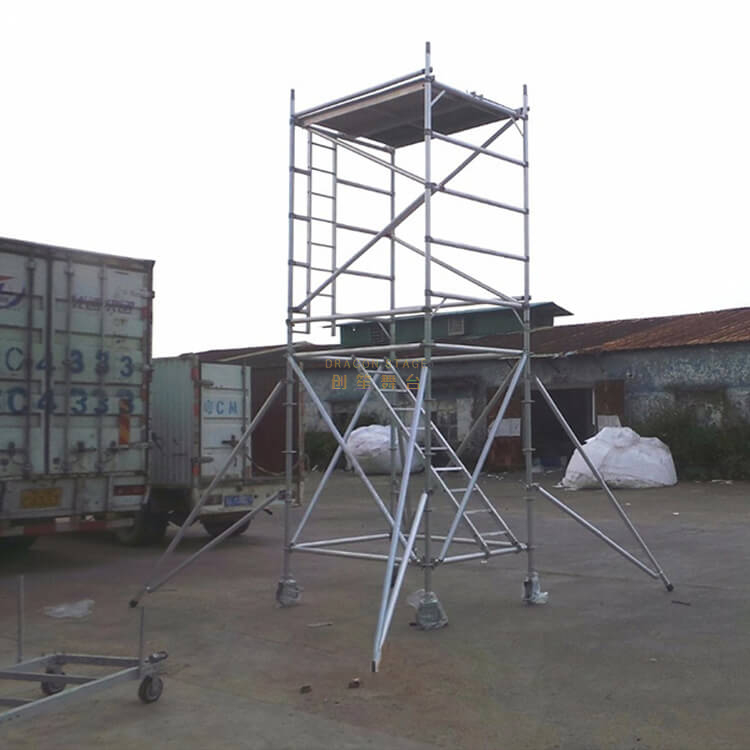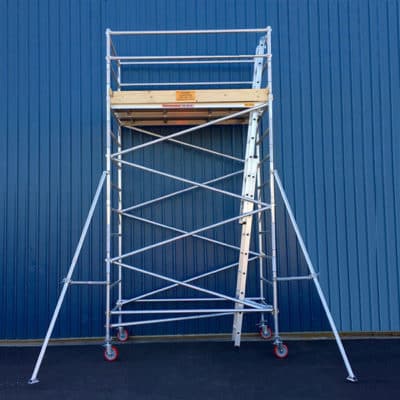Navigating Scaffolding Regulations and Conformity
For understanding scaffolding laws and conformity, focus on safety and security protocols and complete inspections. Adherence to OSHA criteria is crucial for a protected construction atmosphere. Keep updated on conformity demands and state-specific policies to prevent fines and delays. Implement safety and security finest techniques like threat identification and clear communication of protocols. Routine training sessions and competent inspections are essential for keeping compliance and protecting against accidents. Understanding these elements is necessary, guiding you towards a well-regulated construction site.
Overview of Scaffolding Rules
Scaffolding regulations play a vital function in making sure security and compliance at building sites. Normal scaffolding inspections are critical to maintain these standards and avoid accidents. Adhering to Occupational Security and Health And Wellness Administration (OSHA) criteria is compulsory to assure a safe working environment for construction workers. OSHA has actually set forth details guidelines for scaffolding, including requirements for construction, style, and load-bearing capacity.
Scaffolding assessments should be performed by skilled workers to assess the structure's integrity and identify any type of prospective risks. These assessments should happen before preliminary use, following any alterations or damages, and after any type of events that can affect the scaffolding's stability. Assessors must make certain that scaffolding components are in good condition, safe and secure links remain in location, and appropriate gain access to factors are supplied. By sticking to OSHA criteria and carrying out extensive scaffolding inspections, construction websites can mitigate risks and produce a more secure setting for employees. https://poplarscaffolding.co.uk
Secret Compliance Needs
Making certain adherence to essential conformity requirements is crucial for keeping a secure and controlled building environment. Building firms need to remain up-to-date with regulatory updates to guarantee that their scaffolding practices meet the needed requirements. A compliance list serves as a useful device hereof, laying out the crucial demands that require to be satisfied to guarantee safety and lawful consistency. These checklists commonly include things such as proper scaffold setting up, routine assessments, ample autumn defense steps, and employee training.
Governing updates are crucial as guidelines and standards might evolve with time to address new safety worries and boost existing techniques. By keeping up with these modifications, companies can readjust their processes as necessary and preserve ongoing conformity. Regular training sessions for employees on updated regulations and finest practices are likewise vital to preserving a culture of security and compliance within the company.
State-Specific Guidelines
Remaining educated about the particular guidelines stated by individual states is crucial for building and construction firms to guarantee full compliance with scaffolding standards. State-specific variants in guidelines can pose significant conformity obstacles for building firms. Each state may have its own set of guidelines concerning scaffolding design, building, and examination demands. Some states may have stricter policies contrasted to others, causing possible confusion and problems in making sure adherence to all necessary standards.
Browsing through these state-specific guidelines requires a comprehensive understanding of the policies in each jurisdiction where the building projects are occurring. It is essential for firms to remain updated on any kind of modifications or updates to the scaffolding laws in the states they operate in. Failing to adhere to state-specific standards can result in pricey fines, project hold-ups, and, most significantly, compromised employee safety.
To get over compliance difficulties connected to state-specific variations, building business should develop clear communication channels, supply recurring training to workers, and perform regular audits to make certain that scaffolding techniques align with the certain policies of each state. By proactively dealing with state-specific standards, building companies can maintain a high degree of conformity and safety and security throughout their tasks.
Carrying Out Security Finest Practices
Carrying out robust safety and security best practices is vital in the construction sector to safeguard workers and assurance conformity with regulations. Safety and security procedures play a vital role in mitigating threats connected with scaffolding work. Before beginning any scaffold-related tasks, extensive threat recognition must be performed to examine potential risks. This includes assessing the worksite for any existing or possible hazards that could pose a threat to workers' safety. When risks are recognized, suitable safety treatments need to be executed to regulate and minimize threats. This might include making use of loss security tools, making sure proper scaffold setting up, and conducting routine safety evaluations.
Furthermore, safety best methods should incorporate clear communication of security procedures to all workers associated with scaffolding procedures. Educating on danger recognition and reduction must be supplied to make sure that employees are furnished to determine and deal with security concerns effectively. By prioritizing security treatments and risk identification, building business can develop a safe working atmosphere that abides by guidelines and secures the wellness of their workers.
Training and Assessment Protocols
Educating procedures play a crucial duty in guaranteeing the safety and expertise of workers involved in scaffolding procedures. Thorough training needs to cover subjects such as proper setting up and disassembly of scaffolds, drop protection actions, lots abilities, and danger acknowledgment. Training sessions must be performed consistently to strengthen security techniques and maintain workers updated on any regulative modifications.
Along with durable training methods, thorough assessment procedures are essential for maintaining scaffold security. Inspections must be accomplished by proficient workers who can recognize possible hazards, evaluate the architectural honesty of the scaffold, and warranty conformity with regulatory standards. Regular inspections prior to first use, after any modifications, and at marked periods throughout use are crucial to prevent accidents and keep a secure working environment.
Regularly Asked Concerns


Can Scaffolding Be Used on Unequal Surface Areas or Inclines?
Scaffolding can typically be made use of on unequal surface areas or slopes, however precautions must be taken to ensure security and safety and security. When managing steep inclines, additional precaution such as leveling devices and correct anchoring are important.
Exist Any Type Of Certain Laws for Using Scaffolding Near Power Lines or Electrical Risks?
Security preventative measures have to be purely followed when making use of scaffolding near high-voltage line or electric threats. Laws mandate keeping safe ranges, utilizing non-conductive materials, and guaranteeing workers are educated to recognize and avoid electrical threats.
What Sort Of Insurance Policy Protection Is Advised for Scaffolding Projects?
Insurance policy insurance coverage is essential for scaffolding projects to alleviate risks. Extensive responsibility insurance, employees' compensation, and home insurance are suggested. Safety and security preventative measures, training programs, and regular inspections can aid minimize accidents and warranty compliance with regulations.
Just How Commonly Should Scaffolding Be Evaluated for Deterioration?
Regular assessments of scaffolding for damage are vital for making certain safety and security on building and construction websites. Adhering to suggested standards, such as performing assessments prior to each usage and after any kind of occurrences or climate events, helps mitigate dangers and protect against crashes.
Exist Any type of Limitations on the Elevation or Load Capacity of Scaffolding Structures?
When taking into consideration the elevation or load ability of scaffolding frameworks, it is necessary to prioritize safety measures and ensure structural stability. Complying with regulations and standards helps preserve a secure working environment and prevents prospective accidents.
Verdict
To sum up, comprehending scaffolding laws and compliance is essential for guaranteeing safety on construction sites.
By comprehending the essential compliance demands, adhering to state-specific guidelines, implementing security finest techniques, and adhering to training and examination procedures, firms can minimize threats and stop crashes.
It is important for all stakeholders associated with building and construction tasks to prioritize conformity with scaffolding policies to create a secure working environment for employees and prevent possible risks.
